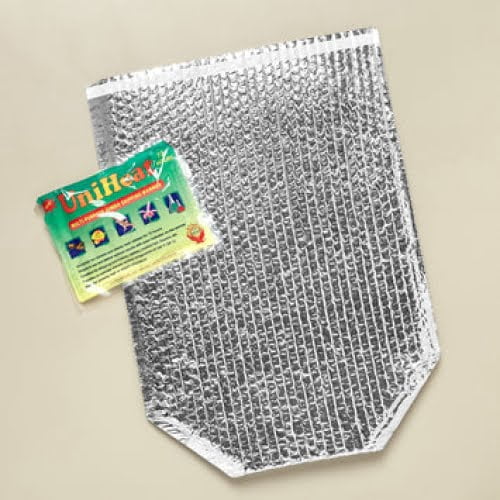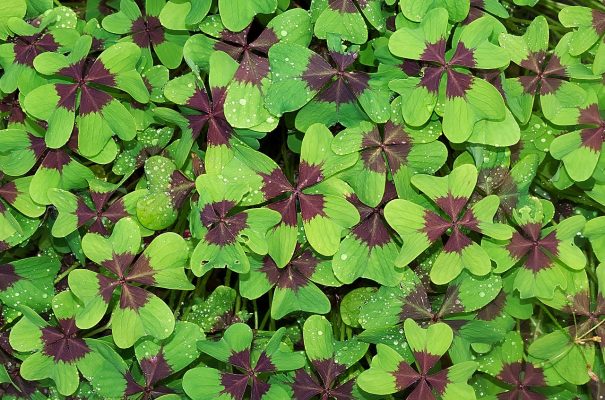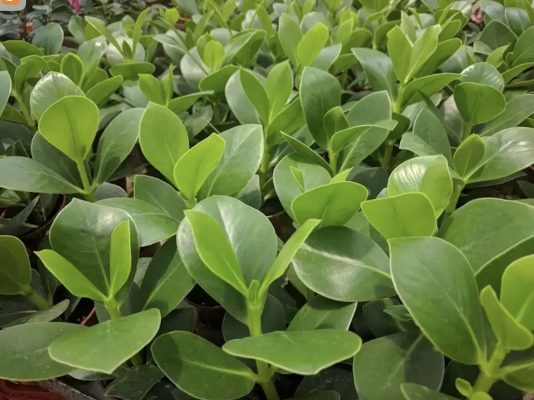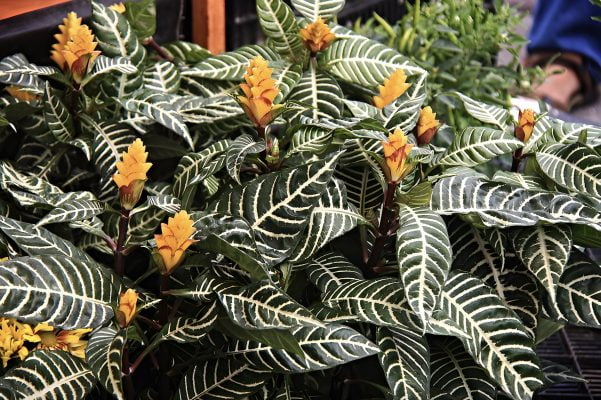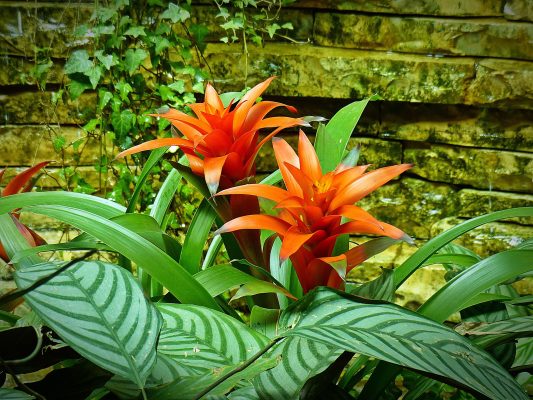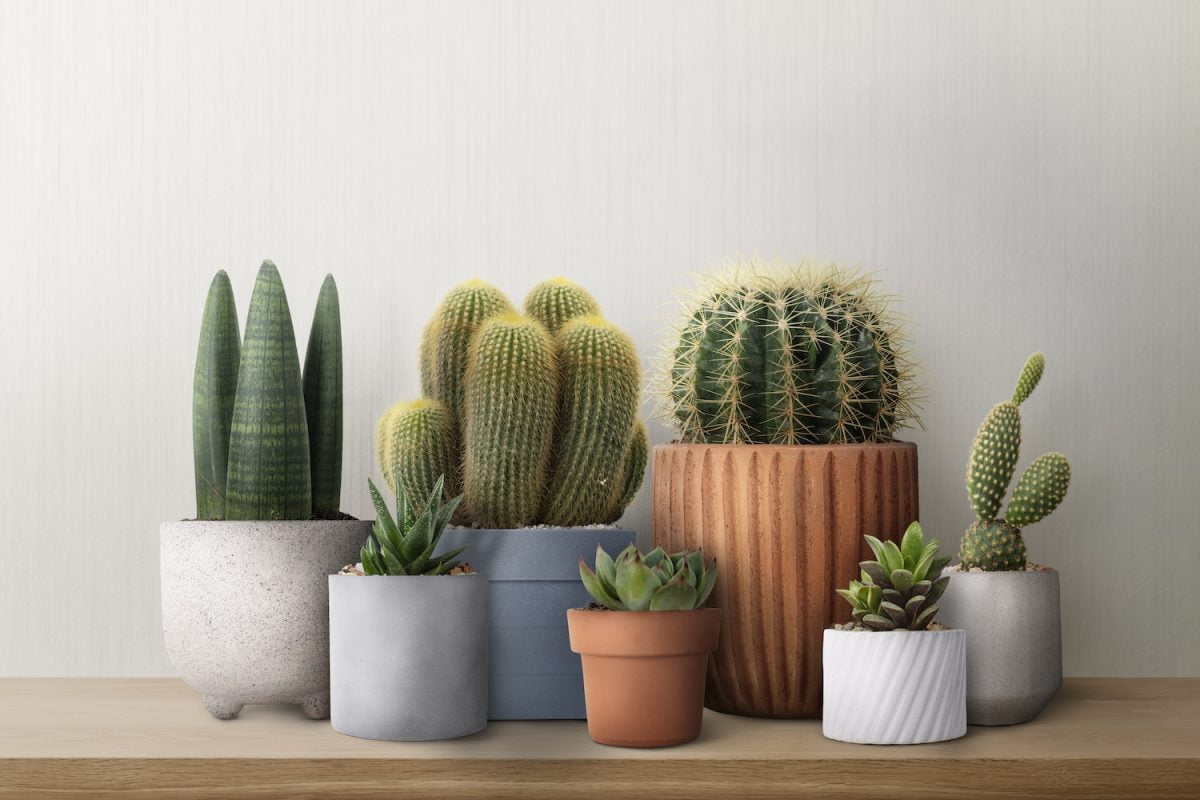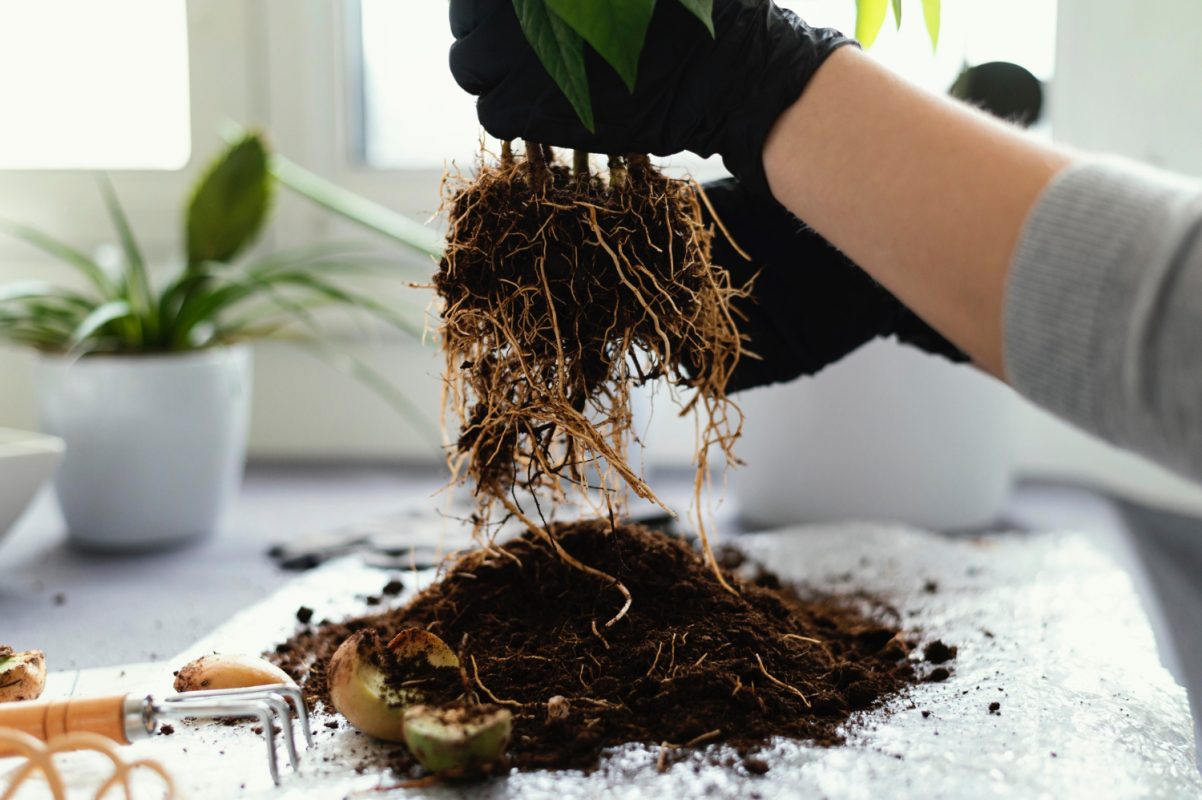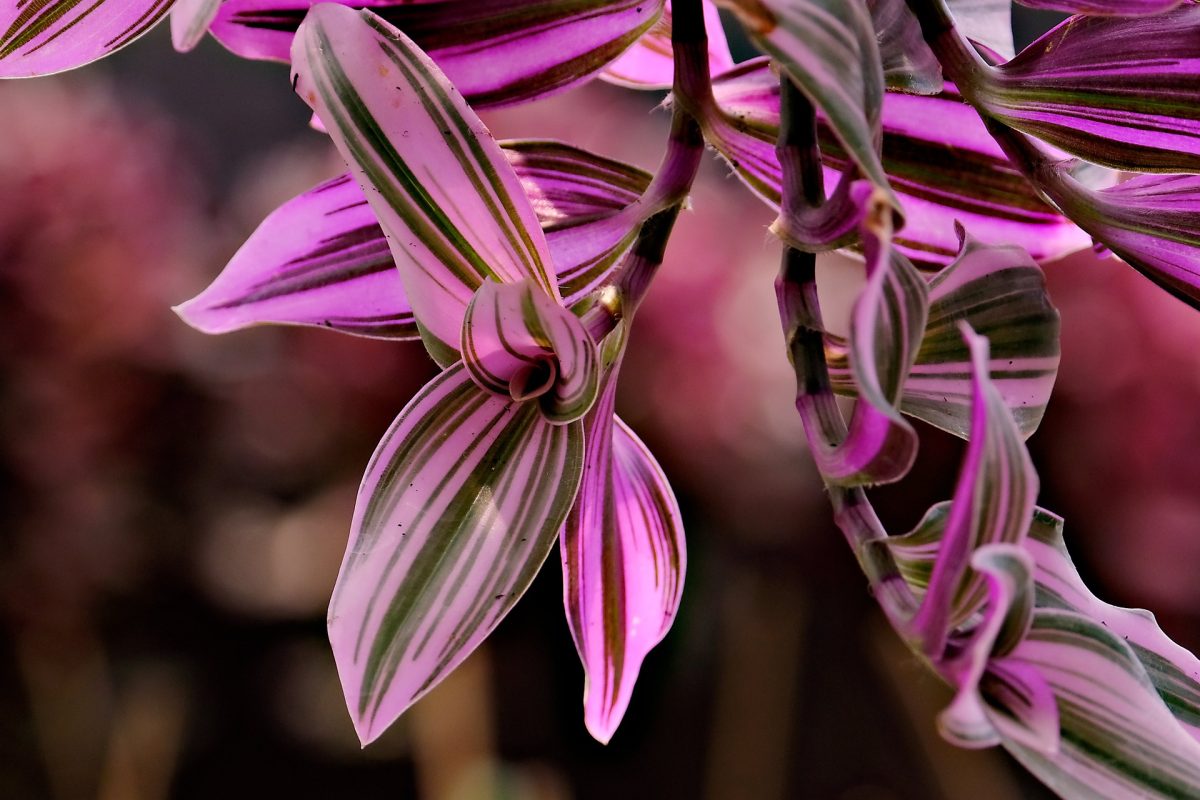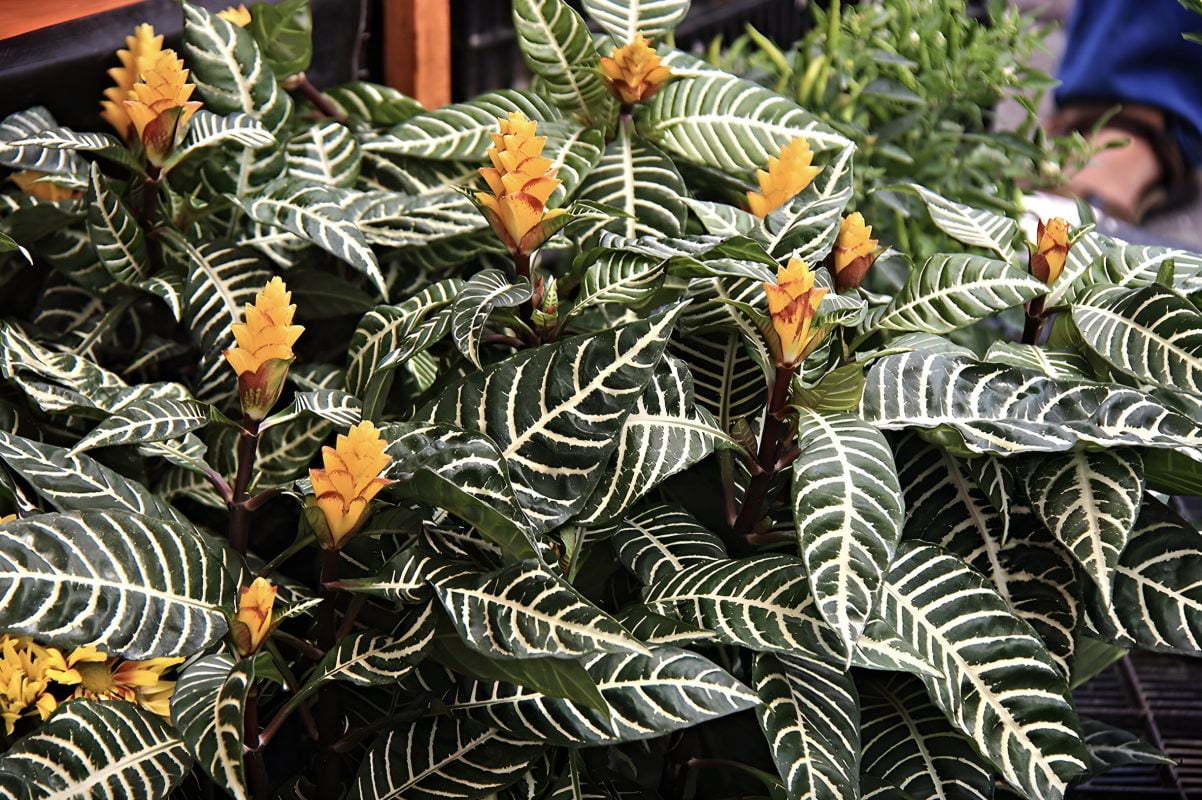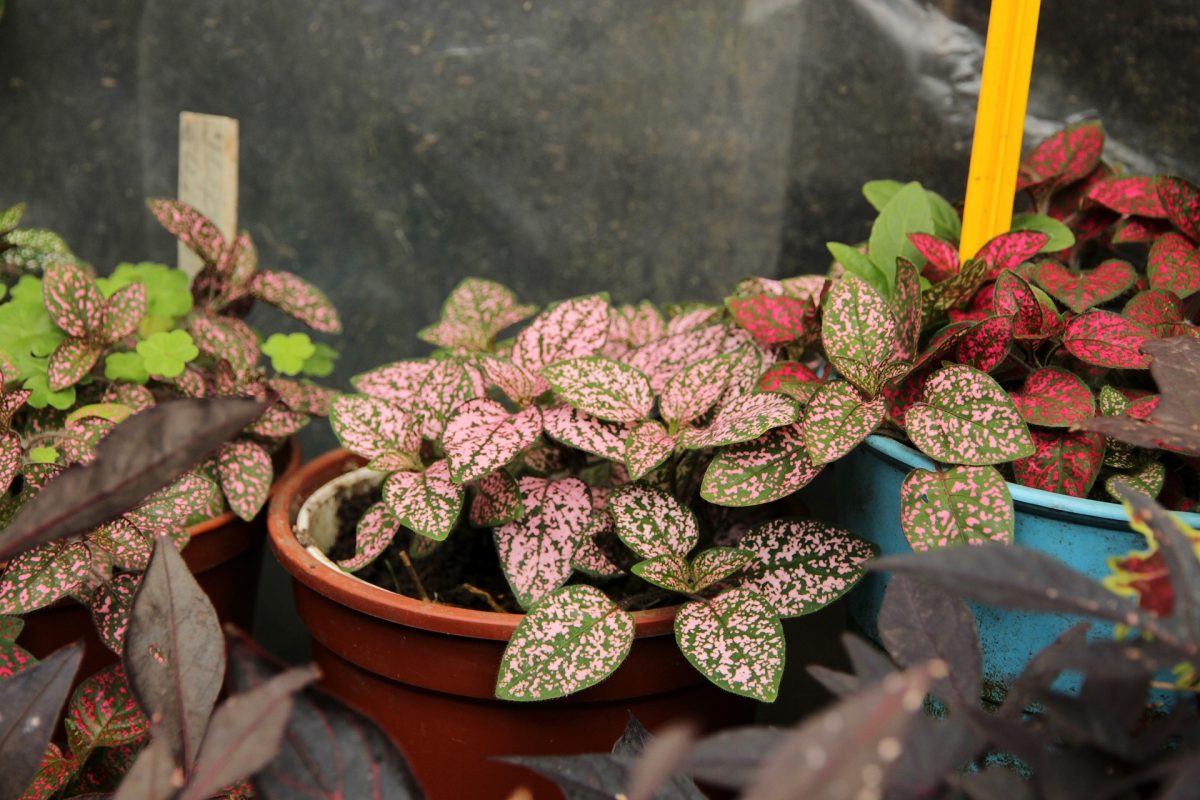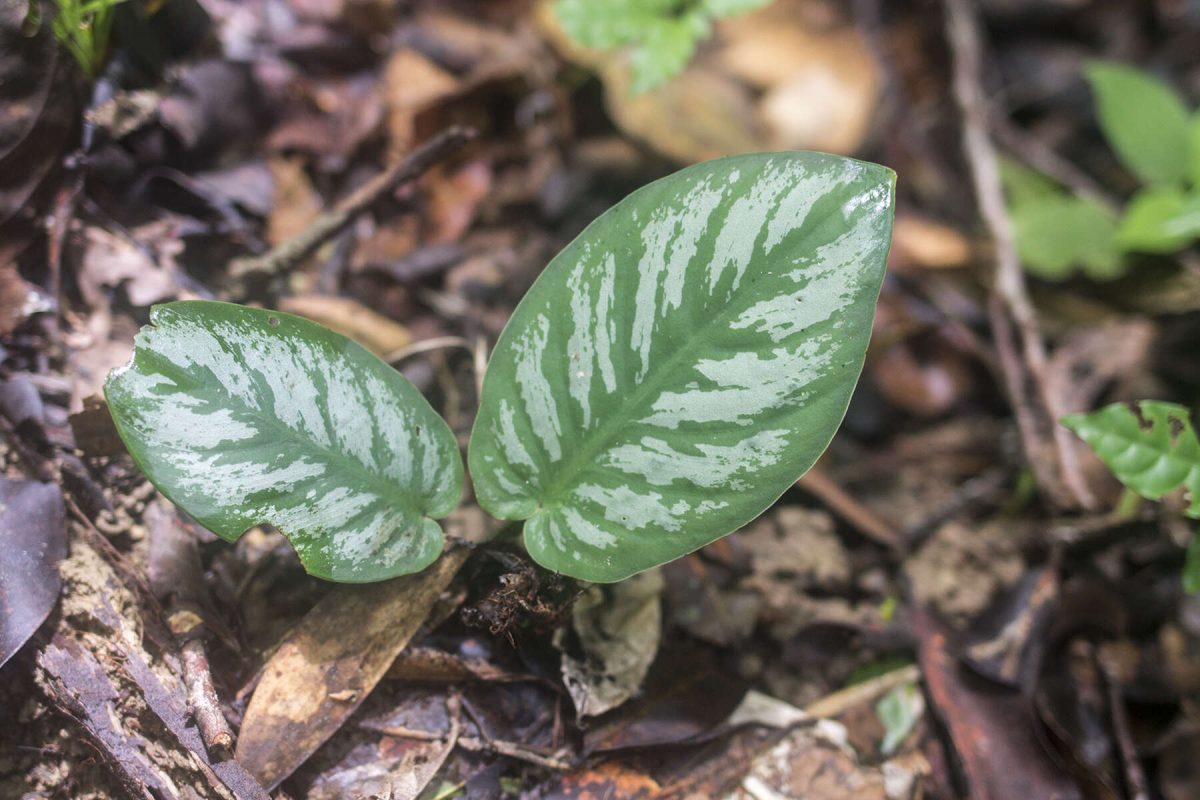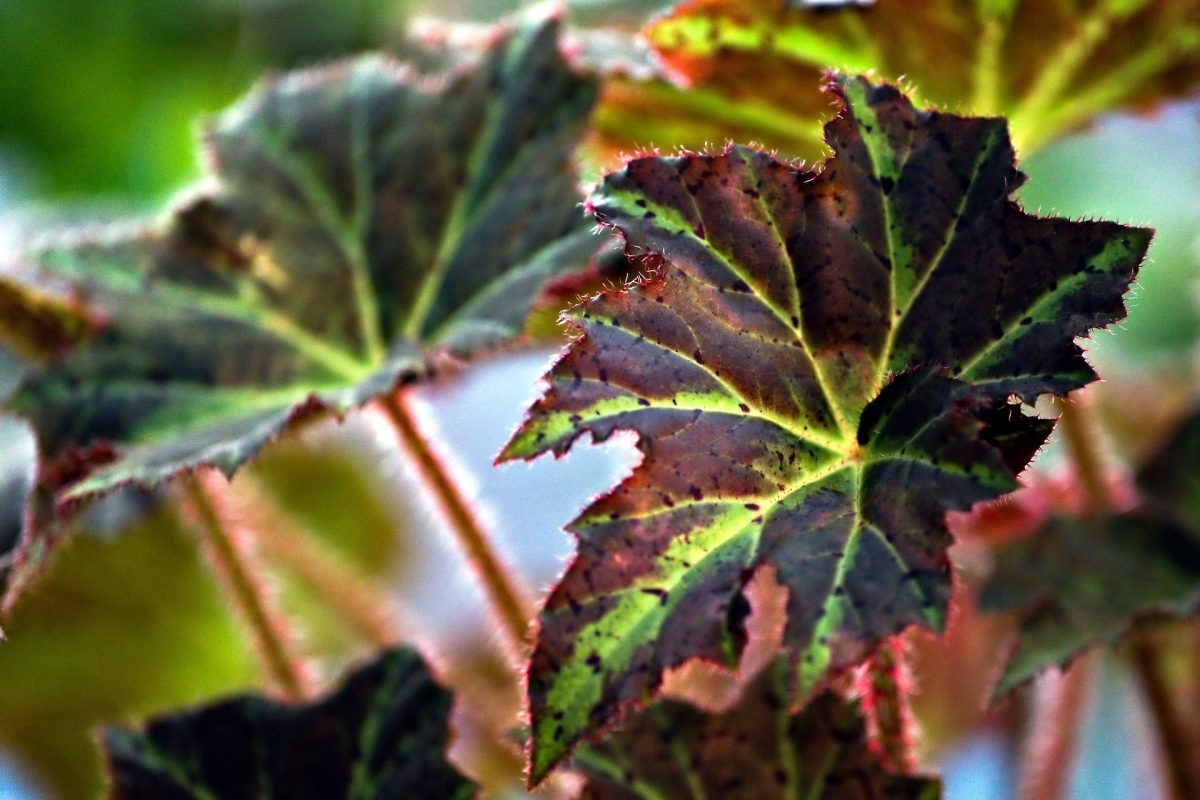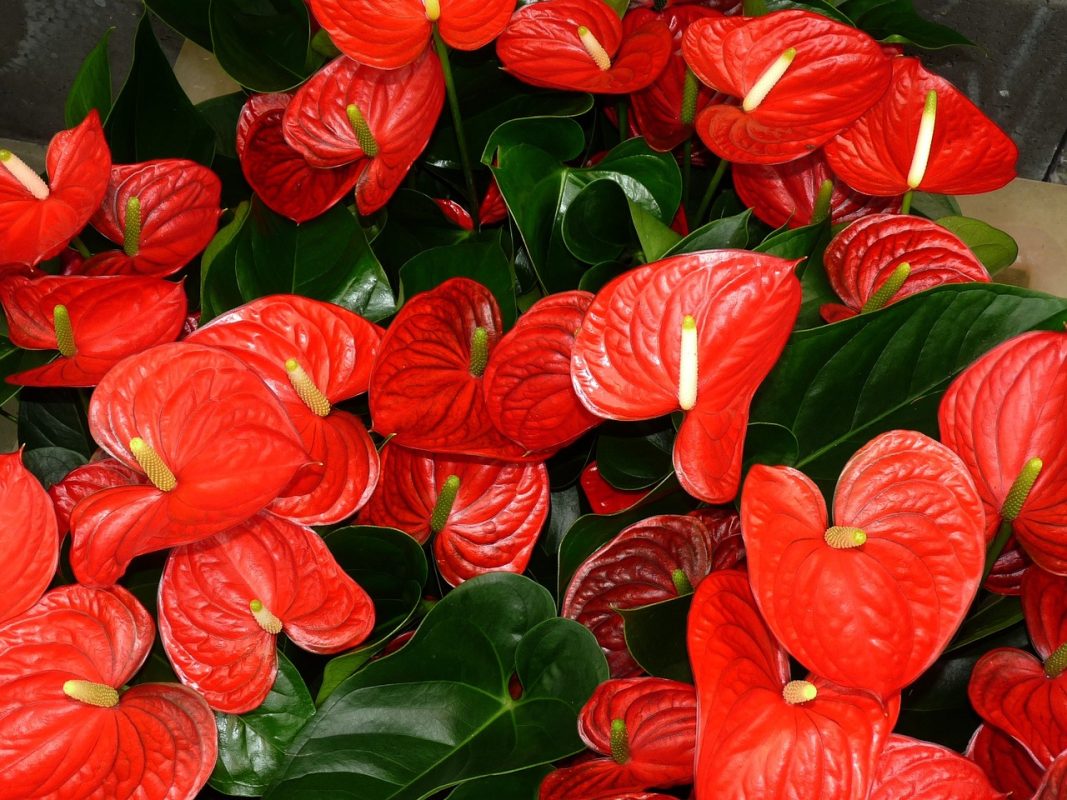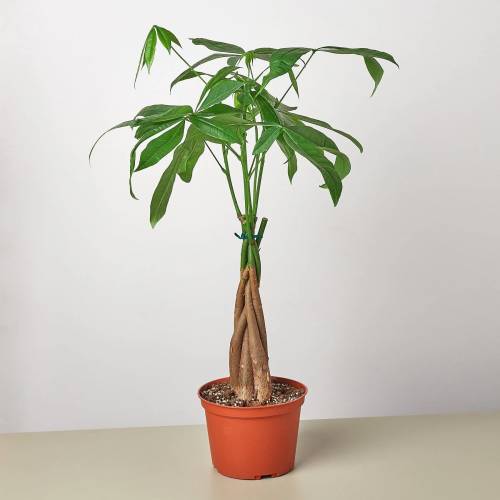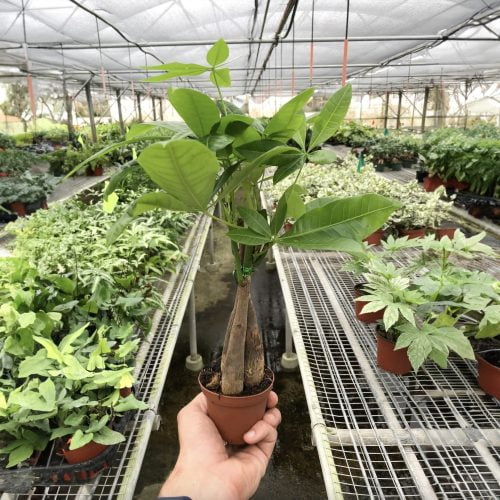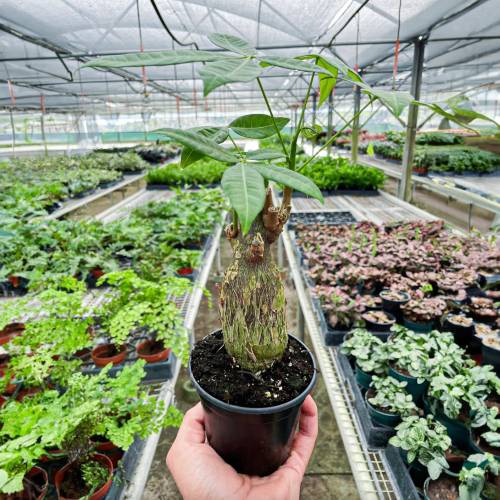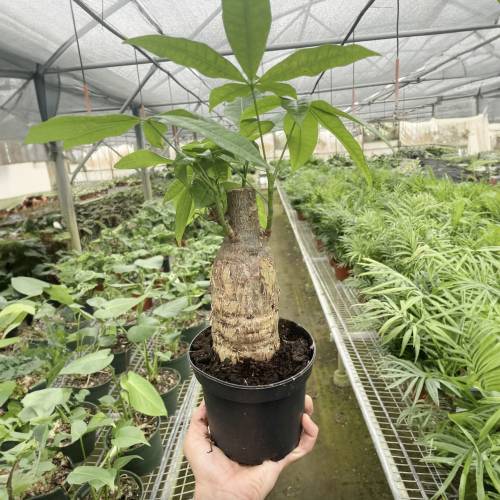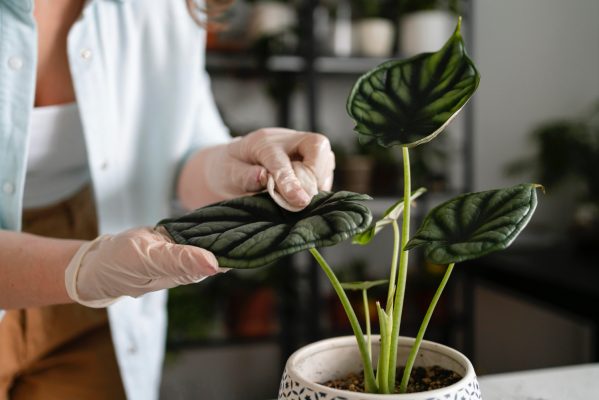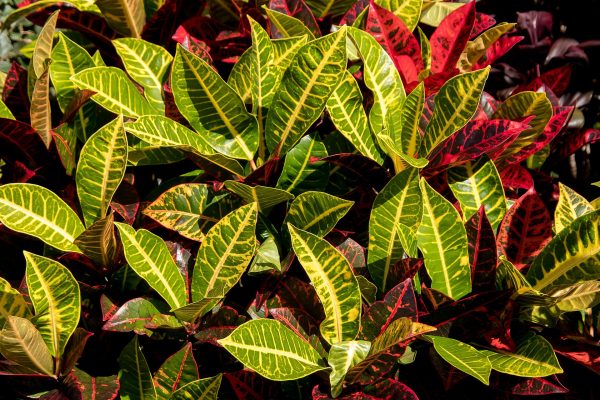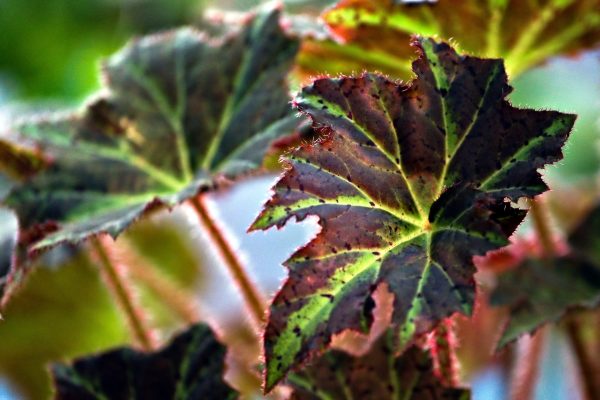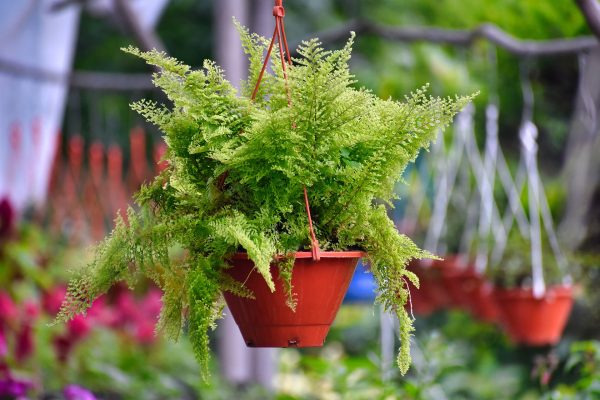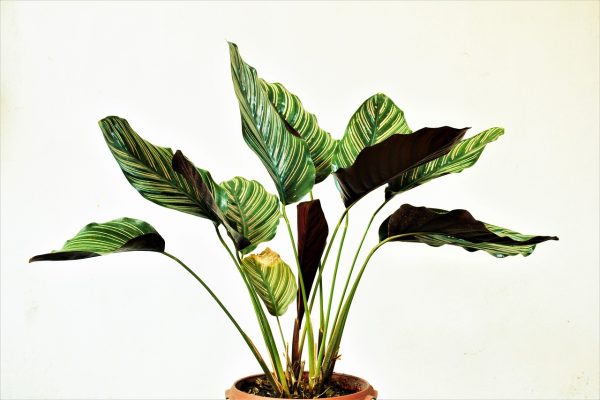The Money Tree, esteemed for its unique braided trunk and five-fingered leaves, is not only a symbol of prosperity but also a delightful addition to any indoor space. This comprehensive care guide is your ticket to cultivating the auspicious Money Tree, guiding you through the steps to ensure robust growth and a touch of financial well-being in your home.
I. Plant Overview:
- Scientific Name: Pachira aquatica
- Common Names: Money Tree, Malabar Chestnut, Guiana Chestnut
- Origin: Native to Central and South America.
II. Light Requirements:
- Ideal Conditions: Bright, indirect light. Money Trees thrive in filtered sunlight.
- Tolerance: Adaptable to lower light conditions, but growth may slow.
III. Watering:
- Frequency: Allow the top inch of soil to dry before watering. Water thoroughly, and empty excess water from the saucer.
- Water Quality: Use room-temperature water. Avoid overwatering to prevent root rot.
- Humidity: Money Trees adapt well to average indoor humidity levels.
IV. Soil:
- Type: Well-draining potting mix. A mix for tropical plants or palms is suitable.
- pH Level: Slightly acidic to neutral (pH 6.0-7.0).
V. Temperature and Humidity:
- Temperature: Maintain a warm environment between 65-75°F (18-24°C). Protect from drafts and sudden temperature drops.
- Humidity: Money Trees are adaptable to average humidity levels.
VI. Fertilization:
- Schedule: Feed every 4-6 weeks during the growing season (spring and summer).
- Fertilizer: Use a balanced liquid fertilizer, diluted to half strength. Reduce fertilization in the dormant season.
VII. Pruning and Maintenance:
- Pruning: Trim to control size and shape. Remove any yellowing or damaged leaves.
- Cleaning: Wipe leaves with a damp cloth to remove dust. Maintain the plant’s tidy appearance.
VIII. Repotting:
- Frequency: Repot every 2-3 years or when the plant outgrows its container.
- Procedure: Gently lift the Money Tree, inspect roots, and repot in fresh soil. Choose a container with drainage holes.
IX. Common Issues and Solutions:
- Yellowing Leaves: Overwatering or underwatering. Adjust watering habits accordingly.
- Leaf Browning: Dry air or exposure to direct sunlight. Increase humidity or adjust the plant’s placement.
- Pests: Check for spider mites or scale. Treat with insecticidal soap or neem oil.
X. Symbolic Care:
- Feng Shui: Place the Money Tree in the southeast corner of your home or the “wealth corner” to enhance its symbolic significance.
- Positive Energy: Regularly dust the leaves and express positive intentions while caring for the Money Tree to infuse it with good energy.
Growing a Money Tree isn’t just about caring for a plant; it’s about cultivating prosperity and positive energy. This guide empowers you to care for the Money Tree, ensuring it thrives as a symbol of financial well-being and a cherished addition to your home. Happy gardening!
our recommendation
you may also want to know



